By: Ma. Fernanda Gómez
There is no disaster that can’t become a blessing, and no blessing that can’t become a disaster.
Richard Bach
Our planet has been hit by countless disasters in recent years. Devastating earthquakes, volcanic eruptions, floods, hurricanes, tsunamis and other events have put humanity to the test. Most recently, on March 11, 2011, Japan was struck by the most intense earthquake in the last 140 years, 8.9 points on the Richter scale. A crushing wall of water swept away rice fields, flooded villages, tore homes from their foundations and leveled everything in its wake. This was no mere accident; it was an unexpected event that practically destroyed the country. Little more than a year after this tragic event, Japan is barely beginning to recover.




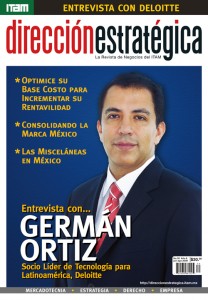
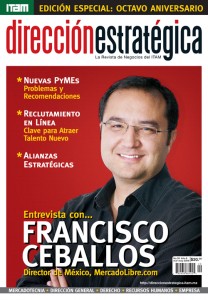
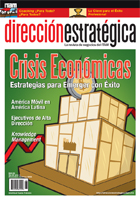
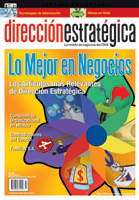

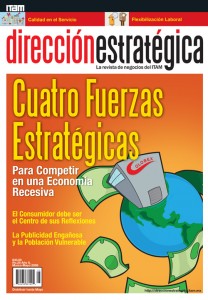
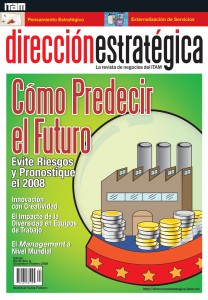
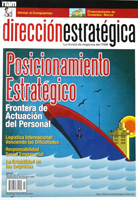
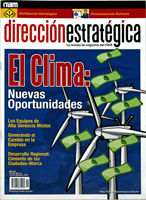


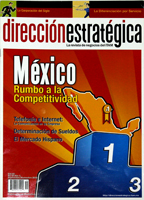
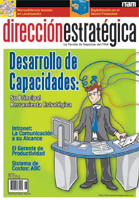
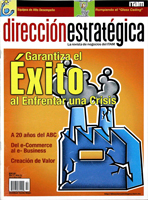

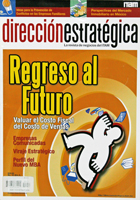
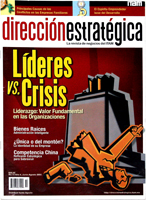






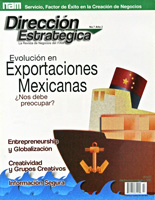

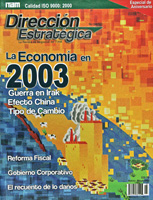




Restoring Trust in the Financial Markets: An Interview with Javier Domenech, CFA (Chartered Financial Analyst), President of the CFA Society Mexico
Just when it seemed that the world was recovering from its past financial scandals, in only weeks another one emerges. So far in 2012, first JP Morgan Chase announced the loss of more than 2 billion dollars due to trading errors relating to credit derivatives (in later revisions, the loss was estimated at closer to 9 billion dollars). A few months later, there was news that the practice of manipulating the LIBOR rate, which was seen in 2008, seems to have continued to the present, and that the world’s largest banks had been understating borrowing costs to avoid revealing their true financial position. We now know that several banks, among them Barclays, city and J.P. Morgan, submitted incorrect information to the central banks.
(read more…)